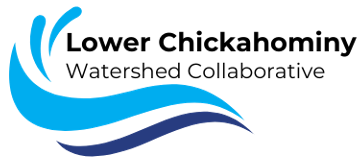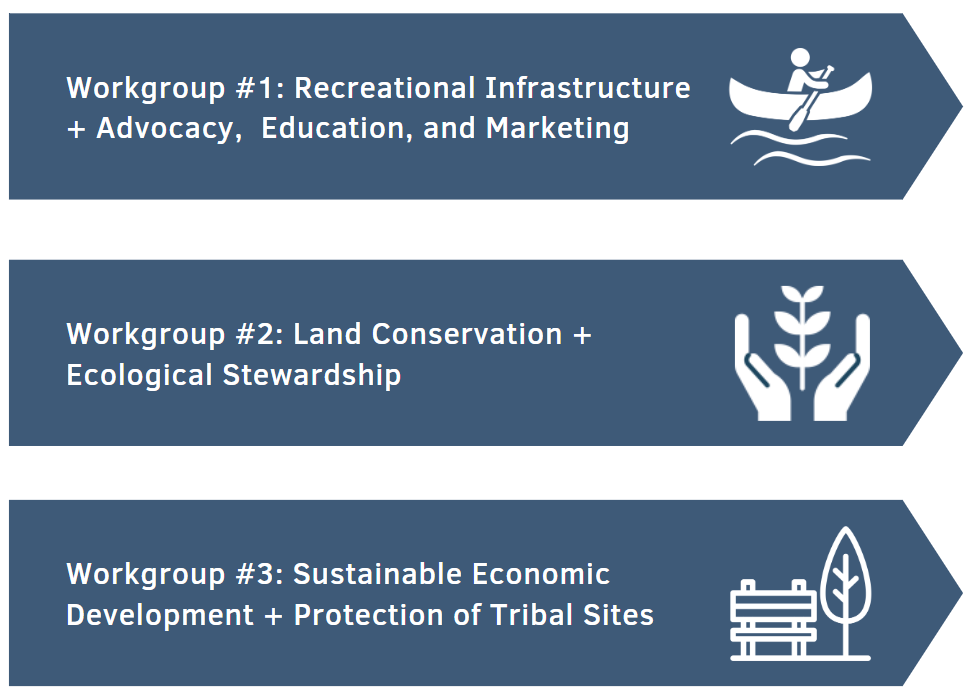Lower Chickahominy
The Collaborative
After studying the nature of the watershed and discussing opportunities and challenges, an organizing structure was needed to support the developing relationship among recently federally recognized Tribes and the three Counties as well as other supporting stakeholder organizations such as state agencies and non-profits. The idea of the Lower Chickahominy Collaborative was proposed as a solution. The Collaborative could give structure and a forum for discussion and coordination on efforts to support natural resource conservation and sustainable economic development. Participation in the Collaborative would build both formal and informal working relationships among the signatories and project partners.

The Goals of the Collaborative
- Support improved coordination among natural resources agencies, local governments, Tribal governments, and not-for-profit regional organizations with interests in programs and enforceable policies for coastal areas.
- To provide a forum for communication and collaboration wherein the Chickahominy is the center point rather than a boundary or non-descript feature.
The Memorandum of Understanding (MOU)
Situated between the City of Richmond to the west and the City of Williamsburg to the east, the LCW is rich in both environmental and cultural resources. The resources of the LCW are wedged between these cities and bounded by the James River to the south and are in conflict with this growing population. To attain a stable conservation and protection base while working to find sustainable economic opportunities, an enhanced effort and expectation of ongoing, consistent collaboration among the multiplicity of LCW stakeholders is necessary.
Sitting across three counties, two planning district commissions, and a myriad group of state, federal, and not-for-profit organizations, a formal agreement will provide a solid foundation for collaboration, increased communication, and regional solutions for the LCW.
The Lower Chickahominy Watershed Collaborative was created by a Memorandum of Understanding (MOU). The MOU requires the signatories to communicate and coordinate with regard to land conservation, land protection, and economic opportunity issues important to each signatory.
- Improve physical recreational infrastructure
- Support sustainable economic development
- Enhance river advocacy, education, and marketing
- Promote land conservation and landowner education
- Ensure protection of sites and traditions that are sacred and historic to the tribes
- Increase ecological restoration and stewardship
The Signatories to the MOU are the three Tribes, the three Counties, and the two Planning District Commissions of the watershed. Organizations and businesses that support the intentions of the MOU are encouraged to sign Supporting Cooperative Partner Statements. These partner statements are customized to each organization and state why and how the partner organization will support the Cooperative. There are currently two Supporting Cooperative Partners of the LCWC: Capital Region Land Conservancy and Chesapeake Bay National Estuarine Research Reserve Virginia.
What's Next
The work of the LCWC is guided by a Steering Committee. The Steering Committee is composed of staff representatives of the MOU signatories. The Steering Committee identifies priorities for action and discussion of itself as well as three Work Groups. Work Groups include staff from the Signatories as well as Supporting Cooperative Partners and other interested stakeholders. PlanRVA staff, in coordination with HRPDC staff, are providing administrative and technical support for the LCWC Steering Committee and Work Groups.
LCWC Workgroups



